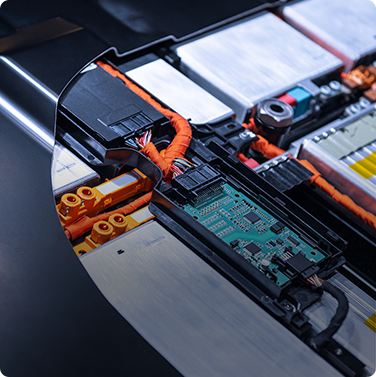Cobalt reduction strategies: Due to ethical concerns and price volatility, there is a strong push to reduce or eliminate the use of cobalt in battery materials. Battery manufacturers are actively developing cobalt-free or low-cobalt chemistries, such as NMC 811 (with reduced cobalt content) and exploring alternative materials to improve sustainability and cost-effectiveness.
Battery material companies employ various growth strategies to expand their market presence, increase revenue, and capitalize on emerging opportunities in the energy storage sector. Here are some growth strategies commonly adopted by battery material companies:
Strategic Partnerships and Collaborations: Battery material companies often enter strategic partnerships and collaborations with other organizations, including battery manufacturers, research institutions, and suppliers. These partnerships enable knowledge sharing, technology exchange, and joint development of innovative battery materials or manufacturing processes.
Umicore, a leading materials technology company, has entered collaborations with various battery manufacturers, including Samsung SDI and LG Chem, to develop and supply advanced cathode materials for lithium-ion batteries. These partnerships enable Umicore to leverage its expertise in materials science while working closely with battery manufacturers to meet their specific requirements.


 Stock Titan
Stock Titan
 Dec 2025
Dec 2025

